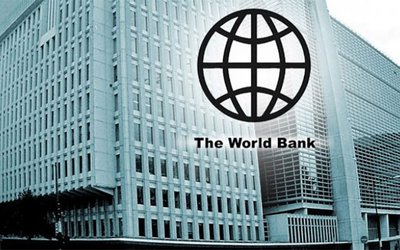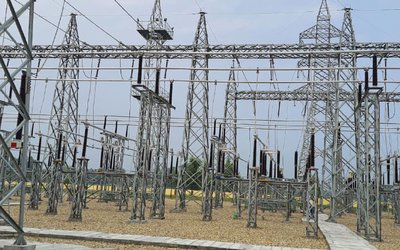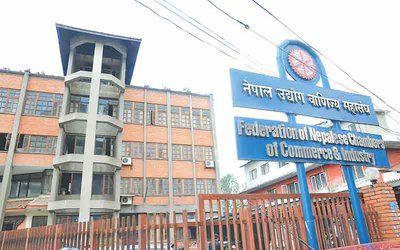More on Economy




BHASKAR PRASAD RIMAL, general manager of Mankamana Development Bank, has a long experience in the banking sector. As Nepal’s financial sector has been passing through a very crucial period, Rimal spoke to NEW SPOTLIGHT on various issues. Excerpts:
At a time when the global economy has been passing through a recession, how do you see Nepal’s state of economy?
Nepal’s banking sector has been passing through ups and downs in the last few years. For instance, we faced the liquidity crunch a few years ago and now the banking sector has problems of excessive liquidity. Thanks to the political instability, Nepal’s economy in general and the banking sector in particular has seen a period of difficult times. Even today, Nepal’s overall banking sector is not good owing to the problems related to liquidity despite certain progress. For instance, 32 commercial banks have excessive liquidity and there is also less than 8 percent interest rate in inter banking transaction. For instance, the liquidity problems of financial companies and development banks are yet to improve.
How do you see Nepal’s central bank policy?
As per the Nepal Rastra Bank’s policy, no commercial bank can deposit its money in finance companies and development banks till mid of July. As long as Nepal Rastra Bank does not change this policy, finance companies and development banks will have to face liquidity problems. What is the actual deposit situation in development banks and finance companies is only released after Asadh or closure of the fiscal year 2068/069.
What is the state of deposits in the banking sector?
The deposit situation in commercial banks, development banks and finance companies are good but what I mean is the deposit situation is not easy for development banks and finance companies as commercial banks.
What is the state of banking sector then?
It is very unfortunate to say that there were problems of liquidity when there is high demand by lender. Now, it is reverse as banks have enough deposit but there is no lender any more. The demands of loan is negligible. All the investors are now waiting to see what will happen after Asadh (Mid-July). Actually, there were high hopes before May 27 that the CA would promulgate the new constitution and the country would have a stable political process. After the demise of CA, investors are now in wait and watch situation. There are now more negative approaches than pre-May 27.
Is there any new big project demanding loan?
As the country’s political process is unstable and there is uncertainty over the future, investors are reluctant to invest in any big projects. This is the reason there are no demands of loan for big projects right now.
As you said there is no demand of money for new projects, where are the banks investing money now?
Nepal Rastra Bank has issued guidelines demanding increase in the investment in the agriculture sector. NRB has no major policy shift now. As the overall investment climate itself is badly affected, the investors have not shown any interest to start new project.
What is the overall situation in investment in hydropower sectors?
There are some running projects. These projects were also approved in the past. Currently, nobody is demanding loan for new power projects. Some hydropower projects which were launched previously by forming a consortium are now in operation. Generally speaking there is no demand for the industries like rolling mills, cement factories.
As there is an increase in the numbers of banks, Nepal Rastra Bank is encouraging mergers. How do you look at this situation?
Merger is not a choice but it is a compulsion. Whether NRB says or not, there is no alternative to merger as there is no possibility to start banking business with a small amount of money. There is a tough competition. Only way before us is to increase the capital and strengthen the work to face the competitive market. The environment is not conducive to the investment. As there are large numbers of financé companies and banks, they should follow merger process. Merger will strengthen the banks. Otherwise many banks have to die.
How do you see the investments of banking sector in housing and real estate?
If you see the balance sheet of banks of Poush and Chaitra, except few banks the profits of all the banks had declined and the percentage of bad loan was growing. All these indicate that large portion of investment went to housing and real estate. As long as there is no good movement in housing and real estate, it is difficult to say that bank’s investment is safe and secure.





